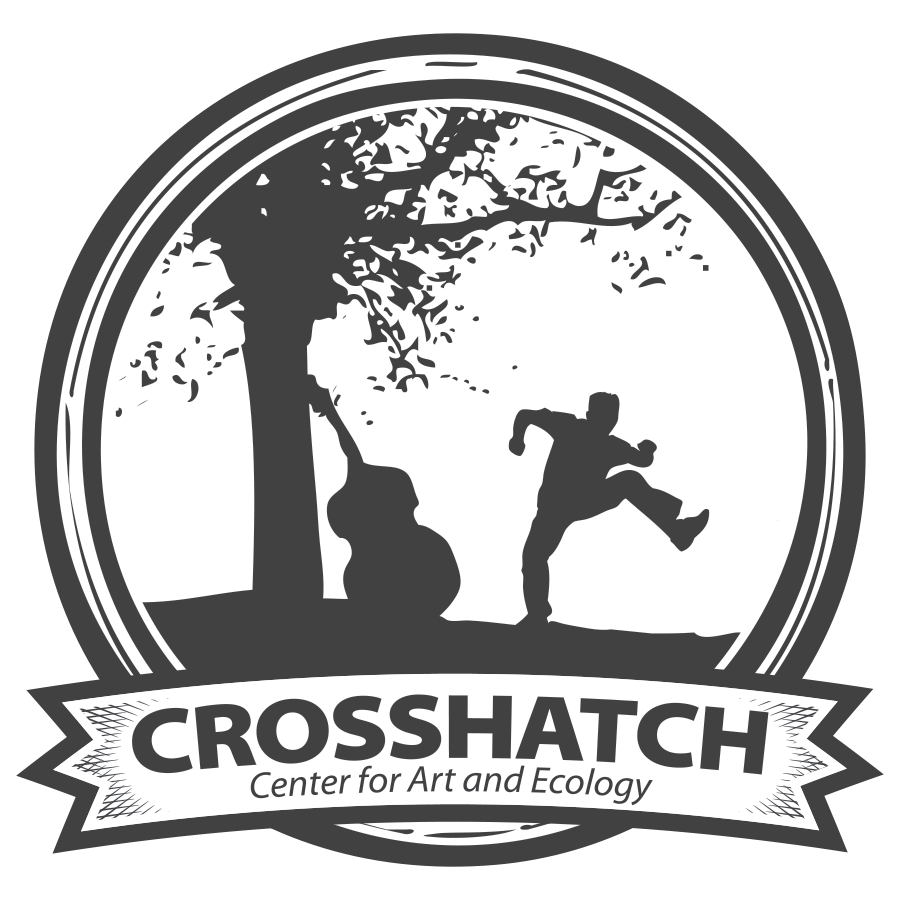Scott Hocking’s exhibition at the Cranbrook Art Museum. Photo by PD Rearick.
Scott Hocking, alum of the Crosshatch Hill House artist residency program, has a retrospective of his work at Cranbrook Art Museum. If you are anywhere near Bloomfield Hills, Michigan between now and March 12, 2023, go see this show. You won’t regret it.
Scott Hocking is a Detroit-based multidisciplinary artist known for his large-scale sculptural installations, photographs, and site-specific works that engage with the industrial and architectural landscapes of the city. He uses found materials such as bricks, concrete, and scrap metal to create works that comment on the cycles of growth and decline, decay and rejuvenation that have marked Detroit's history.
Hocking's work often involves the transformation of derelict spaces, such as abandoned factories and warehouses, into immersive installations that challenge our perceptions of urban decay and invite us to consider the relationship between humans and their built environment. His use of salvaged materials underscores the themes of impermanence and the passage of time, and speaks to the resilience and resourcefulness of the people of Detroit.
One of Hocking'swell-known works is "The Dossin Great Lakes Museum," a site-specific installation that transformed a former boathouse on Belle Isle into a massive sculptural homage to the maritime history of the Great Lakes. The work was a powerful statement about the enduring importance of the waterways that surround Detroit and their role in shaping the city's identity.
Hocking's photographs, often shot on medium format film, capture the haunting beauty of abandoned buildings and landscapes and serve as a visual diary of his explorations of Detroit's hidden corners. These photographs offer a glimpse into the artist's process and reveal the rich textures, patterns, and forms that inspire his work.
Whether through his sculptures, photographs, or site-specific installations, Scott Hocking's work is a powerful reflection on the cycles of change and renewal that have shaped Detroit and other cities like it. He invites us to consider the relationship between humanity and the built environment, and to appreciate the beauty that can be found in even the most seemingly desolate places.
Scott Hocking’s exhibition at the Cranbrook Art Museum. Photo by PD Rearick.


